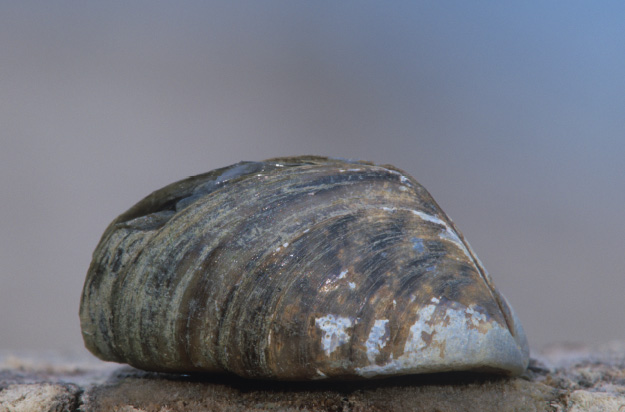Winter 2016: Energy Evolution
From carbon dioxide conversion to landfill mining, researchers at UTA are seeking viable alternative energy options.
Skip to content. Skip to main navigation.
From carbon dioxide conversion to landfill mining, researchers at UTA are seeking viable alternative energy options.
Found in everything from space shuttles to dental fillings, composite materials have thoroughly infiltrated modern society. But their potential is still greatly untapped, offering researchers ample opportunity for discovery.
Within the particle showers created at the Large Hadron Collider, answers to some of the universe’s mysteries are waiting.
Model systems like pigeons can help illuminate our own evolutionary and genomic history.
UT Arlington's tiny windmills are bringing renewable energy to a whole new scale.
The stability of our highways, pipelines, and even manholes is reaching a breaking point.
Scientists believe they have discovered a subatomic particle that is crucial to understanding the universe.
UT Arlington researchers unlock clues to the human body’s most mysterious and complex organ.
UT Arlington researchers probe the hidden world of microbes in search of renewable energy sources.
Wounded soldiers are benefiting from Robert Gatchel’s program that combines physical rehabilitation with treatment for post-traumatic stress disorder.
Tiny sensors implanted in the body show promise in combating acid reflux disease, pain and other health problems.
Nanotechnology researchers pursue hybrid silicon chips with life-saving potential.
Biomedical engineers combat diseases with procedures that are painless to patients.

One of the biggest threats to Texas lakes may also be the smallest.
Zebra mussels (Dreissena polymorpha) are about the size of a fingernail, but they’ve wreaked havoc on North American rivers since their introduction from Europe in 1986 via transatlantic shipping. The small bivalve mollusks first appeared in the Great Lakes, then made their way to nearly a dozen major river systems, including the Mississippi, Colorado, Ohio, and Hudson. Today, mussel infestations occur on the drainages of the Red, Trinity, and Brazos rivers here in Texas.
This invasion has resulted in the loss of billions of dollars in ecological services, human recreation, and the mitigation and control of mussels fouling power station, potable water, and industrial raw-water facilities.
“A female zebra mussel can produce up to a million externally fertilized eggs within a single spawning season that develop into planktonic larvae,” says Robert McMahon, UTA professor emeritus of biology. “The larvae are dispersed on water currents to settle throughout an invaded water body. Once settled, zebra mussels reach maturity within one year. Thus, they can rapidly develop very high densities after invasion, disrupting aquatic ecosystems.”
Working with Brian Van Zee and Monicka McGarrity of the Texas Parks and Wildlife Department (TP&WD), Dr. McMahon and a graduate student, Heather Arterburn, are using monthly samples taken from infested Texas lakes to estimate mussel growth rates and life spans, juvenile settlement rates, the impact of water temperature on annual variation in mussel nutritional condition, and other factors that can provide insight into how the mussels impact the bodies of water.
“Our study has a special emphasis on understanding the causes of the zebra mussel population collapses that have occurred in Texas lakes and other warm, Southwestern water bodies,” McMahon says.
Van Zee adds: “We’ve seen that in some reservoirs, they’ll eat themselves out of house and home and the population will crash, but then it reaches a stage where they’ll come back and the population will stabilize at some level. Once they become established in a reservoir, there’s not really a way to eradicate them.”
Over the past several years, TP&WD has put a concerted effort into educating recreational boaters about zebra mussels and how to avoid introducing them to uninfested water bodies.
“It is now the law in Texas that boaters must drain all water from their boats on leaving any water body so they do not carry zebra mussel larvae to any other water body,” McMahon says. “As boaters and marina operators become better informed, it is expected that the number of newly infested Texas lakes will decline through time.”
Photograph by Gustav W. Verderber